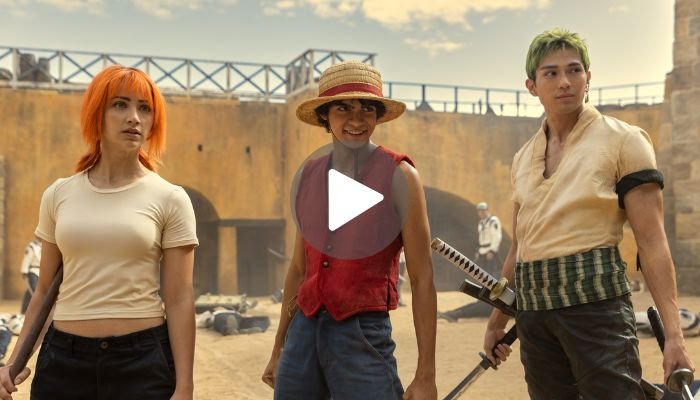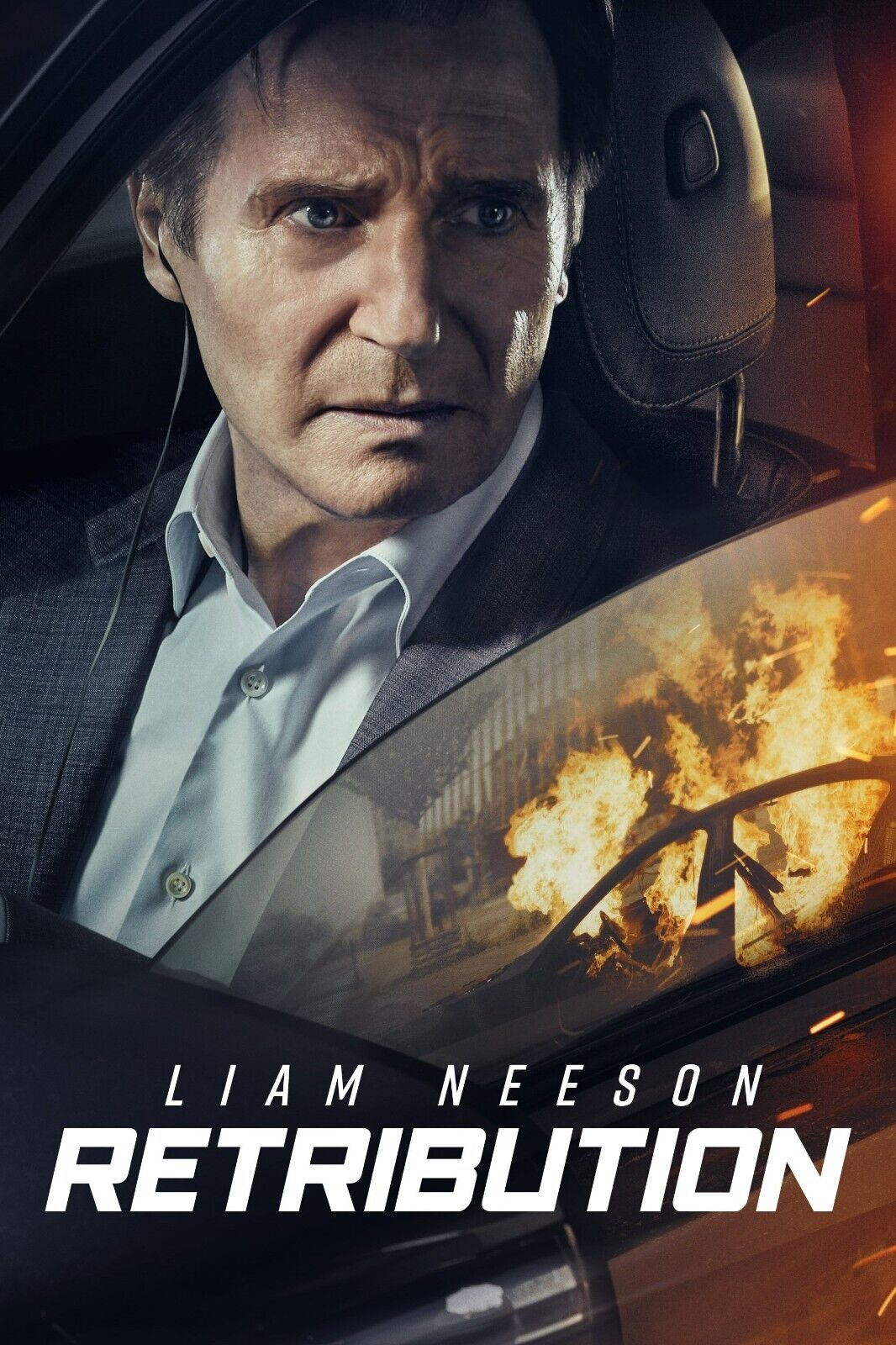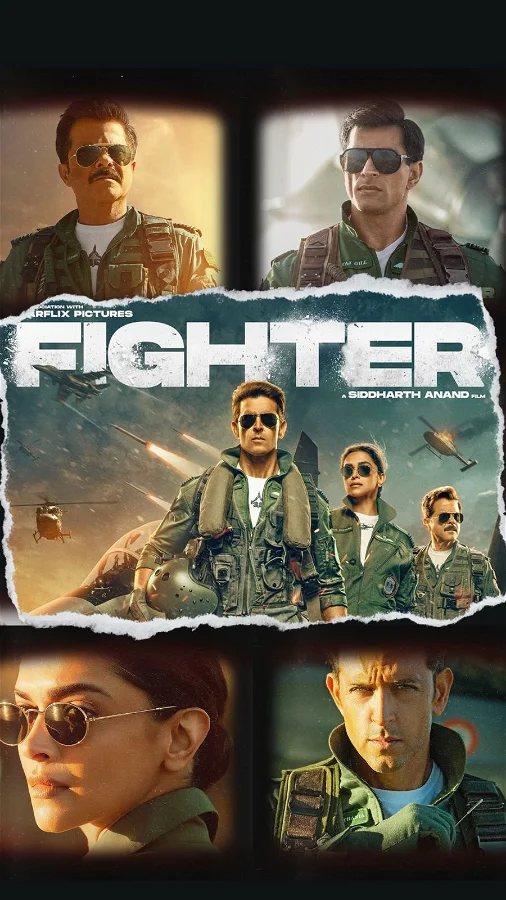
Netflix is repeating history with “One Piece,” and it seems like it didn’t learn from the first time.
Last year, Netflix released a live-action American adaptation of “Cowboy Bebop,” a cult-favorite Japanese animated series that fetishized cool American jazz and film noir and Hollywood westerns. It wasn’t a complete disaster, but it was pretty quickly forgotten.
“One Piece” is a nearly indestructible manga and anime franchise — more than 500 million books sold, 1,073 television episodes and counting — that marries slapstick, Buster Keaton-like visual energy with an adventure story rooted in Hollywood swashbucklers and musicals like “Captain Blood” and “The Crimson Pirate.” So once again Netflix has responded by making an American live-action reboot. (Eight episodes were released on Thursday.)
The original “One Piece” and “Cowboy Bebop” have nothing to do with each other except this: Style pushes them forward. Texture, composition, sound design and motion engage us; they make us feel something inside; they move us. The moody revenge plot of “Bebop,” the rousingly affirmative coming-of-age story of “One Piece”: These are just serviceable scaffolding.
A live-action version of either anime could easily find its own style. But neither show does so; if anything, they seem to be avoiding it. More even than the Netflix “Bebop,” the Netflix “One Piece” feels blandly generic; busy without being interesting; elaborate but uninterested in its own production design. It may please fans who want to see events faithfully reproduced more or less as they remember them from the original — but most of the verve and personality are gone from the anime, replaced by busyness (not the same thing), elaborate (but uninteresting) production design and — worst sign of all — an increased piety about the story’s themes of knowing and believing in oneself.
Set in a world made up mostly of ocean, much of it uncharted and filled with wonders, populated by fish-men and guarded by pirate crews with names like the Flying Pirates, the Red Hair Pirates, the Whitebeard Pirates, the Big Mom Pirates and so on, “One Piece” follows Monkey D. Luffy (Iñaki Godoy), a young man who wants to be king of all the pirates. In his quest to become king — which involves finding a perhaps mythical treasure called the One Piece — he gathers around him a crew of other young misfits with sad pasts and missions that define them: to be the world’s greatest swordsman; to find a lost island they’ve heard is full of rare, powerful creatures; to locate a (perhaps mythical) seafood paradise.
In addition to being supernaturally cheerful and doggedly persistent, Luffy can stretch his limbs across long distances (useful for throwing punches) and endure immense punishment without injury; these are side effects of having eaten a forbidden fruit that made his body rubberlike. This piece of comic-book inspiration makes Luffy physically congruent — he is elastic in every way.
The series does an acceptable job replicating Luffy’s stretching abilities. And Godoy — a Mexican actor who has appeared in Netflix’s “Who Killed Sara?” and “The Imperfects” — looks like the animated character.
However, he does not have much to work with and neither does the rest of the cast. The swordsman, Roronoa Zoro is played by Mackenyu and the piratical chef, Sanji is played by Taz Skylar; both are competent performers. In an anime carnival atmosphere delivered in 20-minute doses of sensation depth of writing isn’t make or break but character thinness becomes much harder to ignore in a slower, more pedestrian Netflix telling where the story has been reconfigured into hourlong episodes.
That reconfiguring — roughly the first 45 episodes of the anime are covered in these eight — must have been a Herculean task; it’s easy to imagine there wasn’t much time or energy left over for actually reconceiving the material for live actors on constructed sets. Writers Matt Owens and Steven Maeda (who also served as showrunners) manage something like a draw with the story. But they don’t nail down its corny, goofy spirit; without that their generalities about living your dream and making way for a new generation just sit there gathering dust.
Perhaps it’s streaming that has done this to “One Piece” and “Cowboy Bebop.” Taking a show with a fanatical following and remaking it for an audience that could be anyone means making it for no one at all.
Watch free movies on Fmovies







